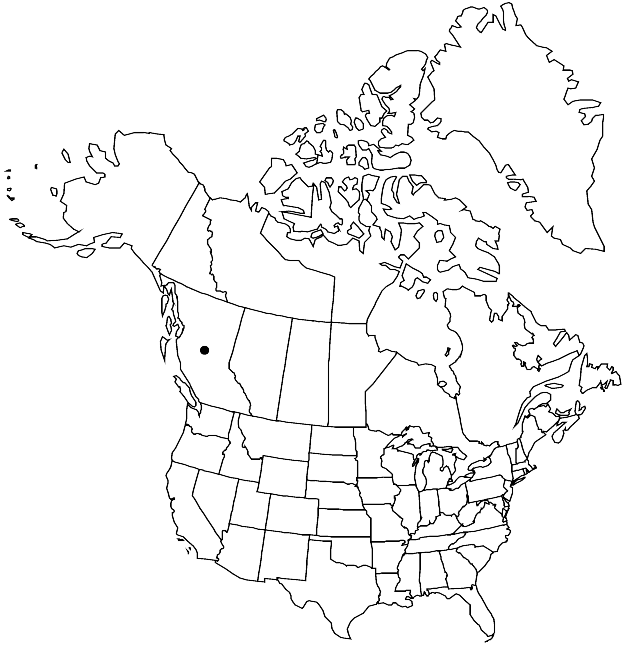Zygodon gracilis
Edinburgh New Philos. J., n. s. 13: 332. 1861.
Plants to 5 cm. Stem leaves somewhat contorted and recurved when dry, wide-spreading to squarrose-recurved when moist, lanceolate to oblong-lanceolate, 1.4–2 mm; margins sharply serrate near apex; apex bluntly acute, apiculus absent; costa excurrent or ending obscurely in apex, abaxial surface covered by quadrate papillose cells distally; basal laminal cells elongate- to short-rectangular; distal cells 4–9 µm, papillae 2–4 per cell, walls very thick. Specialized asexual reproduction gemmae absent. Sexual condition dioicous. Sporophytes unknown.
Habitat: Calcareous rock, alpine and subalpine regions
Elevation: high elevations
Distribution

B.C., Central America (Guatemala).
Discussion
Zygodon gracilis is distinguished from other species of the genus in North America by its squarrose-recurved leaves, absence of gemmae, bluntly acute leaf apices, and very thick-walled distal laminal cells.
Selected References
None.